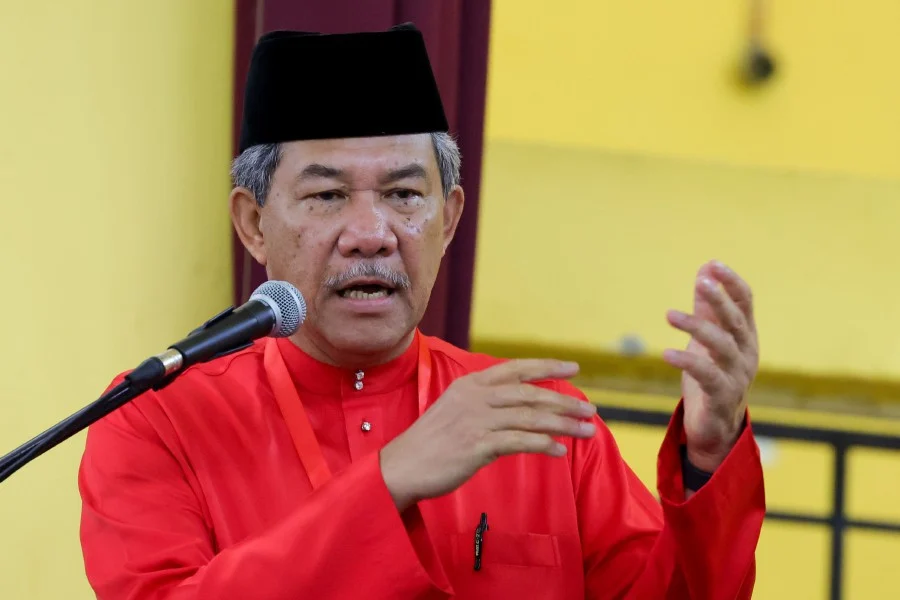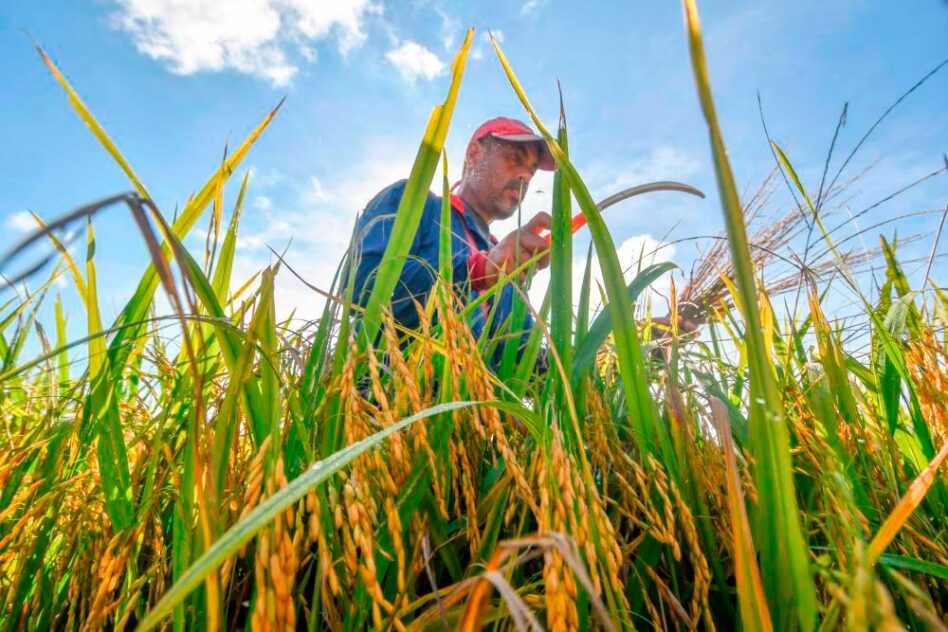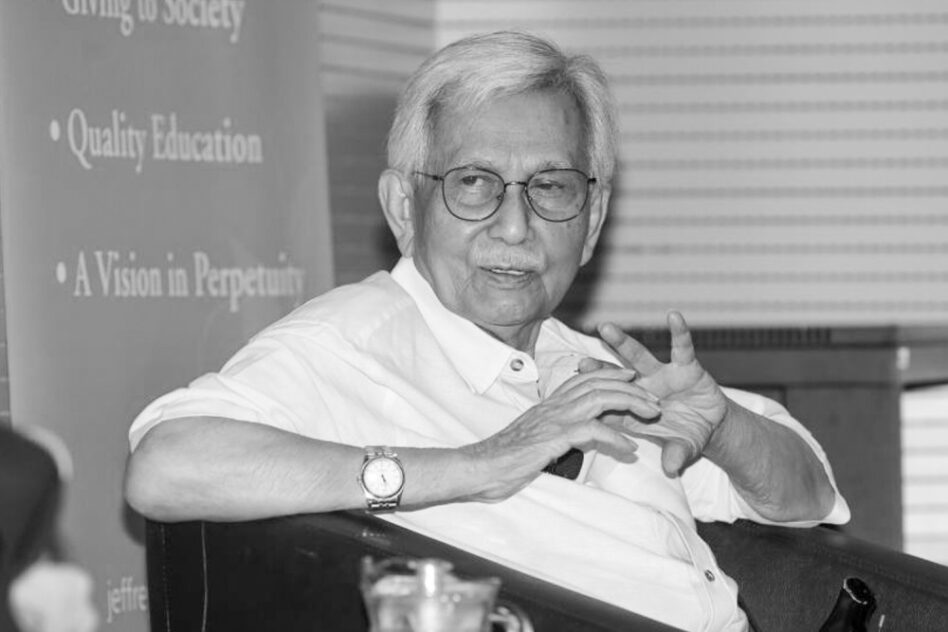THE global transition towards sustainable energy systems has placed hydrogen at the forefront of discussions on decarbonisation.
As a versatile energy carrier, hydrogen has the potential to revolutionise industries, transportation, and power generation by offering a clean alternative to fossil fuels.
Sarawak has emerged as a hydrogen economy leader, leveraging its vast hydropower from Batang Ai, Bakun, and Murum dams to establish a global green hydrogen hub powered by renewables, producing zero-emission fuel.
Strategic initiatives like the Sarawak Hydrogen Economy Roadmap and state-led Sarawak Energy Berhad (SEB) anchor this ambition.
The Bintulu hydrogen plant, backed by partnerships with Japanese and Korean firms, targets export and domestic markets, aiming to diversify the economy beyond oil, gas, and timber while fostering high-skilled jobs and innovation.
Hydrogen’s potential to decarbonise heavy industries, shipping, and aviation positions Sarawak as a sustainability leader, amplified by proximity to Asian markets.
However, economic viability, infrastructure gaps, and environmental-social risks demand critical considerations to ensure long-term success.
Economic viability and market demand
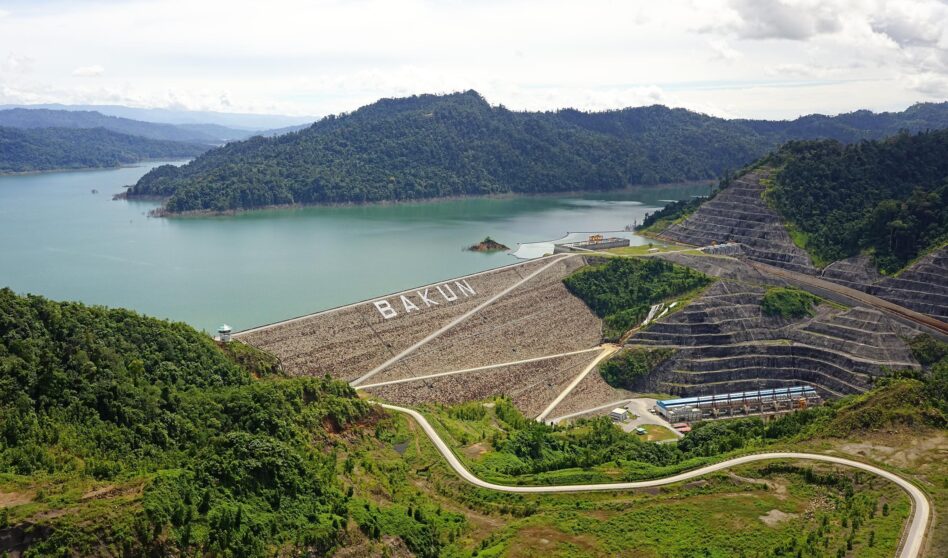
Sarawak faces challenges in green hydrogen’s economic viability, as production costs remain high due to expensive electrolysers and renewable infrastructure.
Despite hydropower advantages, green hydrogen—accounting for a very small amount of global production—struggles against cheaper grey/blue alternatives.
Market hurdles like uncertain demand, financing gaps, and underdeveloped infrastructure further hinder scalability.
Export potential is constrained by limited supply chains and storage networks. Japan, a key target market with 2050 carbon neutrality goals, lacks mature hydrogen import infrastructure and demand.
Sarawak’s success hinges on securing long-term partnerships to offset these risks and establish competitive export pathways, balancing cost barriers with strategic opportunities.
Technological and infrastructure limitations
Sarawak’s hydrogen economy, though progressing, faces infrastructure and technological gaps requiring substantial investment. While production advances, challenges persist in storage and transport—hydrogen must be compressed or liquefied, demanding energy-intensive equipment, or converted to ammonia, adding cost and complexity.
Utilisation hurdles also loom. Hydrogen fuel cell vehicles remain niche due to scarce refuelling stations and high costs while industrial adoption necessitates retrofitting plants with hydrogen-ready infrastructure, requiring capital and expertise.
Developing these systems—from specialised transport networks to end-user technologies—is critical to scaling hydrogen’s role in sectors like transport and heavy industry.
Bridging these gaps demands targeted funding, innovation, and partnerships to transform potential into viable, large-scale applications.
Environmental and social considerations
While green hydrogen offers clean energy potential, its production in Sarawak raises environmental and social concerns.
Hydropower dams, vital for hydrogen generation, risk deforestation, biodiversity loss, and river ecosystem disruption.
Indigenous communities may face displacement and loss of traditional livelihoods, sparking ethical dilemmas.
To ensure sustainability, Sarawak must balance economic goals with environmental stewardship and social equity. This requires robust impact assessments, meaningful community engagement, and mitigation strategies—such as ecosystem restoration and fair compensation frameworks.
Neglecting these measures risks backlash from advocacy groups and undermines the credibility of its hydrogen ambitions. A holistic approach is essential to align green energy progress with ecological and cultural preservation.
Policy and regulatory frameworks
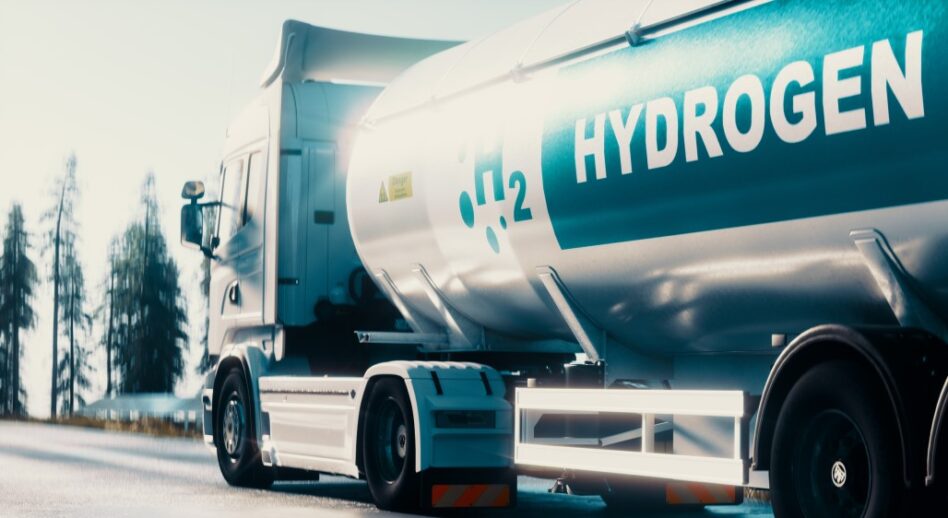
Economy Roadmap-mark progress, alignment with federal policies and international standards such as safety protocols and export regulations are vital to attract investment and ensure market trust.
Navigating global trade complexities adds another layer: securing export agreements, mitigating geopolitical risks, and complying with environmental and labour norms.
The absence of a unified global hydrogen trade framework complicates efforts, as countries impose varying requirements.
To thrive, Sarawak must balance local innovation with cross-border collaboration, harmonising regulations while addressing diplomatic and logistical challenges.
Strategic policy integration at state, national, and international levels will determine its success as a hydrogen exporter.
For example, even though infrastructure gaps and high expenses have stalled over 60% of proposed hydrogen projects in Australia, the Australia’s National Hydrogen Strategy emphasises renewable energy use, export partnerships, and cost reduction.
Norway, on the other hand, targets maritime decarbonisation via hydrogen hubs and zero-emission ferry mandates, yet production costs hinder scalability.
Both cases highlight the need for strategic balance: Sarawak must align ambitious goals with realistic infrastructure investments, cost-efficient technologies, and robust partnerships.
Prioritising phased scaling, innovation in reducing expenses, and addressing environmental-social impacts will be key to avoiding pitfalls while capitalising on hydropower advantages and Asian market proximity.
Sarawak’s hydrogen economy vision merges bold ambition with sustainable potential, leveraging abundant hydropower and strategic Asian proximity to become a green hydrogen leader.
However, challenges—high production costs, technological gaps, environmental risks, and policy alignment—demand a holistic strategy.
As both an economic opportunity and a test of responsible progress, Sarawak’s journey could set a global benchmark, proving that green hydrogen can drive decarbonisation while fostering equitable growth if managed with foresight and inclusivity. – March 25, 2025
Professor Brian Wong is a lecturer from Swinburne University of Technology Sarawak Campus’ Faculty of Business, Design and Arts.
The views expressed are solely of the author and do not necessarily reflect those of Focus Malaysia.
Main image: Bloomberg



